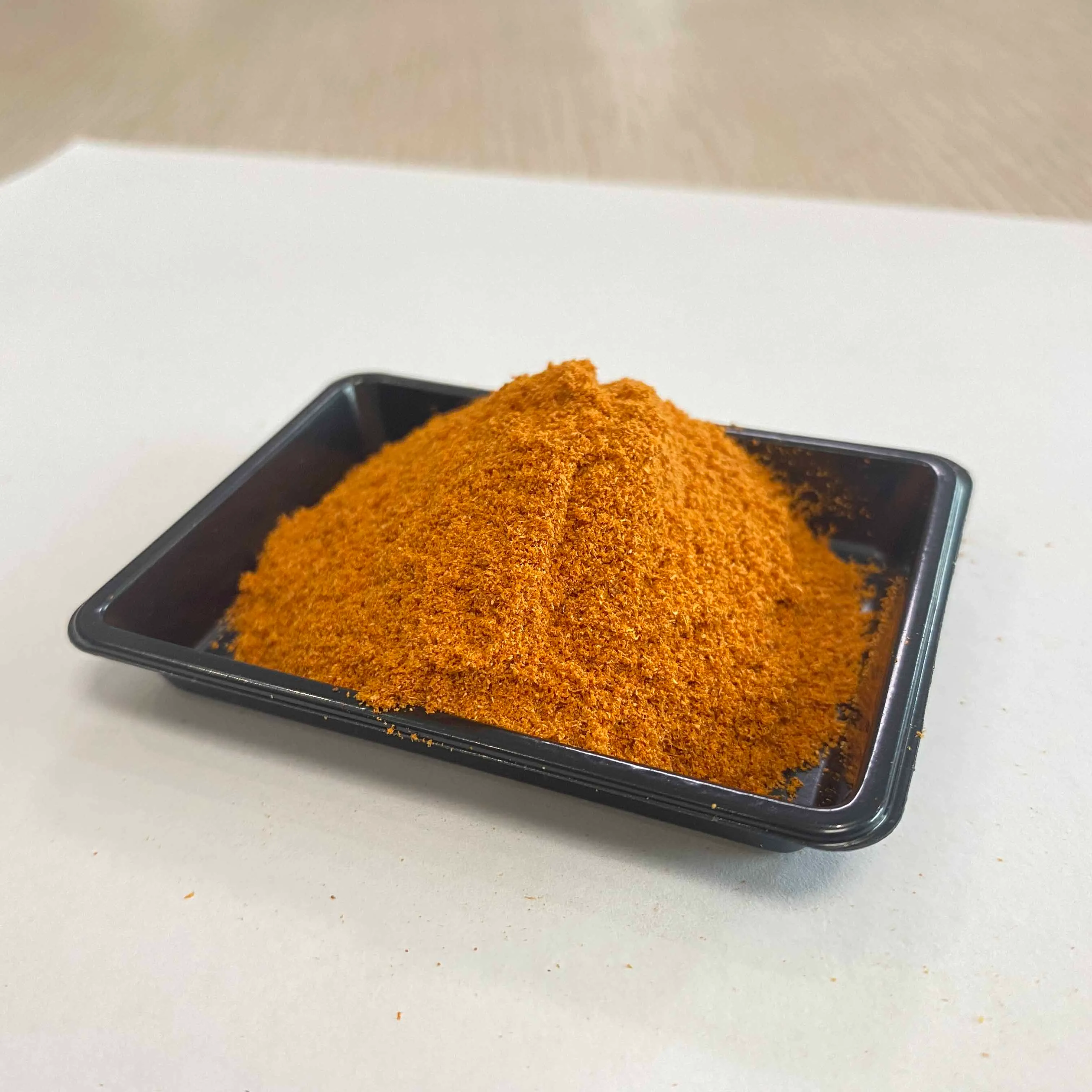дец . 23, 2024 18:51 Back to list
chili and paprika
The Vibrant World of Chili and Paprika
Chili and paprika are two spices that not only enliven our dishes but also tell a fascinating story of culture, history, and culinary innovation. Both spices come from the Capsicum annuum plant and are integral to cuisines around the globe. While they share a common lineage, each spice brings its own unique flavor, color, and heat level to the table. This article delves into the intriguing qualities of chili and paprika, exploring their uses, health benefits, and cultural significance.
Origins and Varieties
Chili peppers are believed to have originated in Central and South America, where they have been cultivated for thousands of years. The indigenous peoples of these regions recognized the pepper's versatility, using it both as a food source and for medicinal purposes. Over time, chili peppers spread across the globe, thanks in large part to explorers like Christopher Columbus, who brought them to Europe in the late 15th century.
There are countless varieties of chili peppers, ranging from the fiery habanero to the milder bell pepper. The heat of chili peppers is measured in Scoville Heat Units (SHU), with milder varieties scoring as low as zero and the hottest, like the Carolina Reaper, reaching over 2 million SHU. This wide range allows chefs to select the appropriate chili pepper to complement their dishes, whether they are seeking subtle warmth or an intense spice.
Paprika, on the other hand, is a specific type of ground chili pepper, primarily associated with Hungarian cuisine but also popular in Spanish dishes. It is made from capsicum peppers that are dried and ground into a fine powder. The flavor profile of paprika can range from sweet and mild to smoky and hot, depending on the type of peppers used and the drying process. The most common varieties include sweet, hot, and smoked paprika, each contributing a different nuance to recipes.
Culinary Applications
Both chili and paprika can transform a dish from bland to vibrant with just a sprinkle. Chili peppers are often used fresh, dried, or as chili powder. They can be found in salsas, stir-fries, stews, and an array of other dishes. In many cultures, they are a staple ingredient, showcasing their ability to pair seamlessly with meats, vegetables, and grains.
Paprika is frequently used in spice blends and as a garnish. It is famous for adding a distinctive red color to dishes such as goulash, paella, and deviled eggs. Its depth of flavor enhances not only the presentation but also the flavor profile of the meal. Chefs might use smoked paprika to create earthy notes in dishes, while sweet paprika can add a touch of warmth without overwhelming spice.
chili and paprika

Additionally, chili and paprika can be used to create sauces and marinades that bring excitement to grilled vegetables and meats. The versatility of these spices makes them essential pantry staples that can enhance everyday cooking.
Health Benefits
Beyond their culinary allure, chili and paprika offer numerous health benefits. Chili peppers contain capsaicin, a compound known for its spiciness and ability to boost metabolism. Capsaicin has been studied for its potential to reduce pain, improve cardiovascular health, and even aid in weight loss. This spice can stimulate endorphin production, making it a natural mood enhancer.
Paprika is rich in vitamins and antioxidants, particularly Vitamin A, which is crucial for maintaining good vision and a healthy immune system. The antioxidants in paprika combat oxidative stress in the body and may help reduce inflammation. Additionally, its carotenoid content may contribute to improved heart health and a lower risk of chronic diseases.
Cultural Significance
Both spices are deeply woven into the cultural fabric of the countries they come from. In Hungary, paprika is not just a spice but a source of national pride, reflected in their cuisine and festivals. In Spain, different regions have their unique takes on paprika, showcasing its importance in the culinary traditions of the country.
As food continues to be a medium for cultural exchange, the popularity of chili and paprika has spread far beyond their origins. Globally, people are discovering the joys of cooking with these vibrant spices, experimenting with their flavors, and appreciating their rich histories.
Conclusion
Chili and paprika are more than just culinary ingredients; they are a celebration of flavor, health, and culture. Their versatility and ability to enhance a dish's profile make them indispensable in kitchens around the world. Whether you prefer the punchy heat of chili or the smoky sweetness of paprika, these spices will undoubtedly ignite your culinary creativity and provide a taste of the vibrant cultures from which they originate. Embrace their flavors, explore their histories, and let them spice up your next meal!

